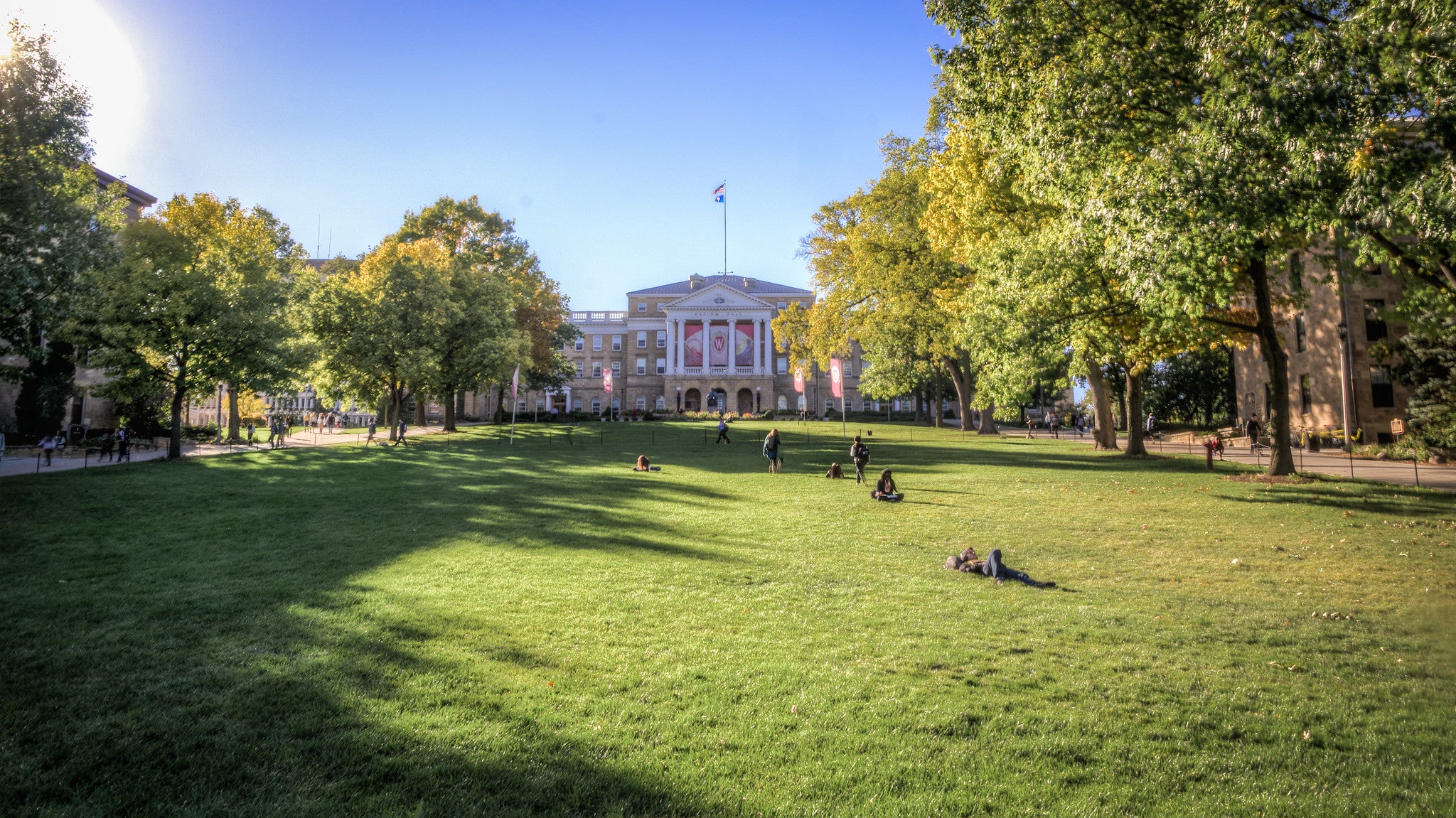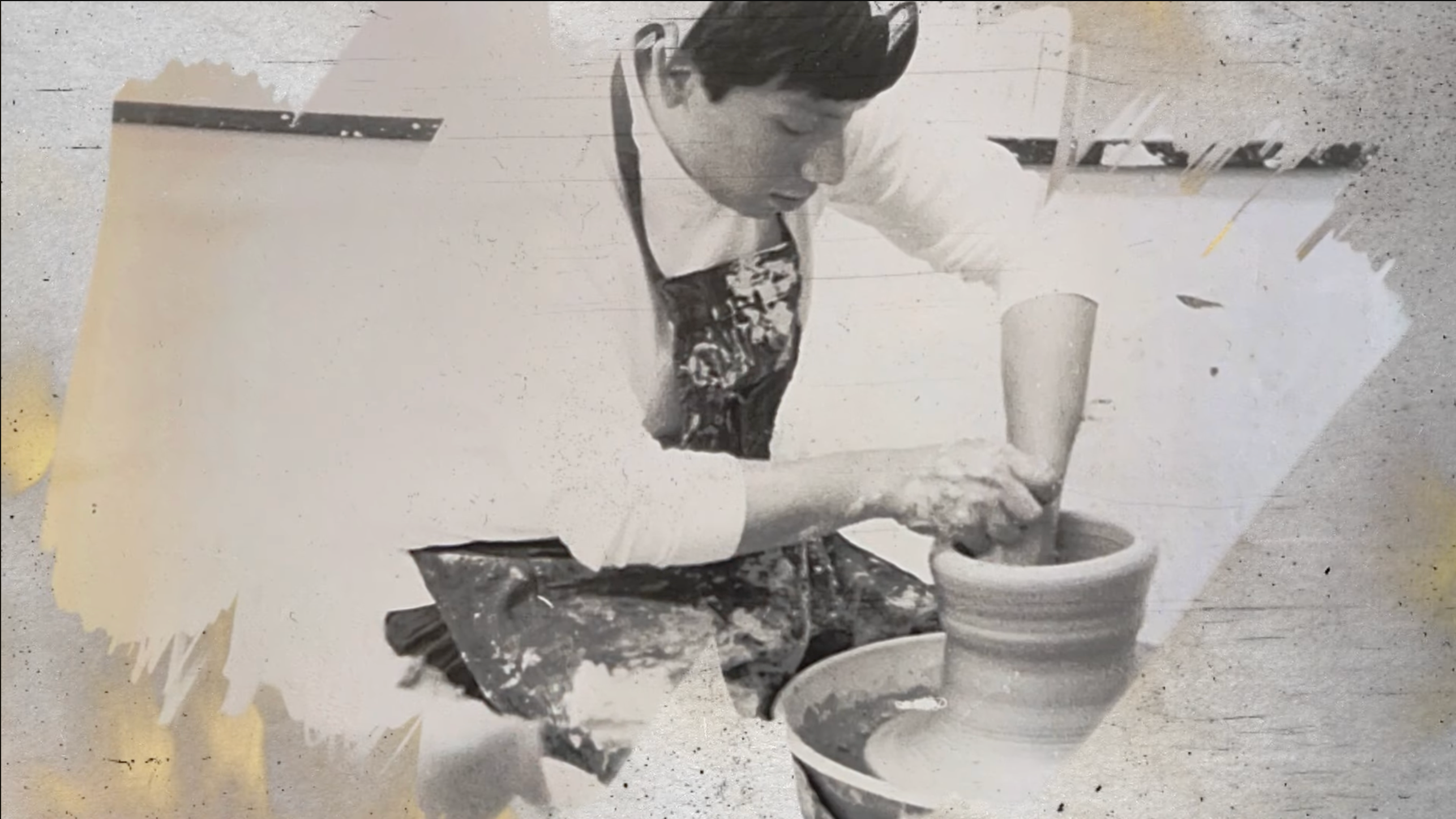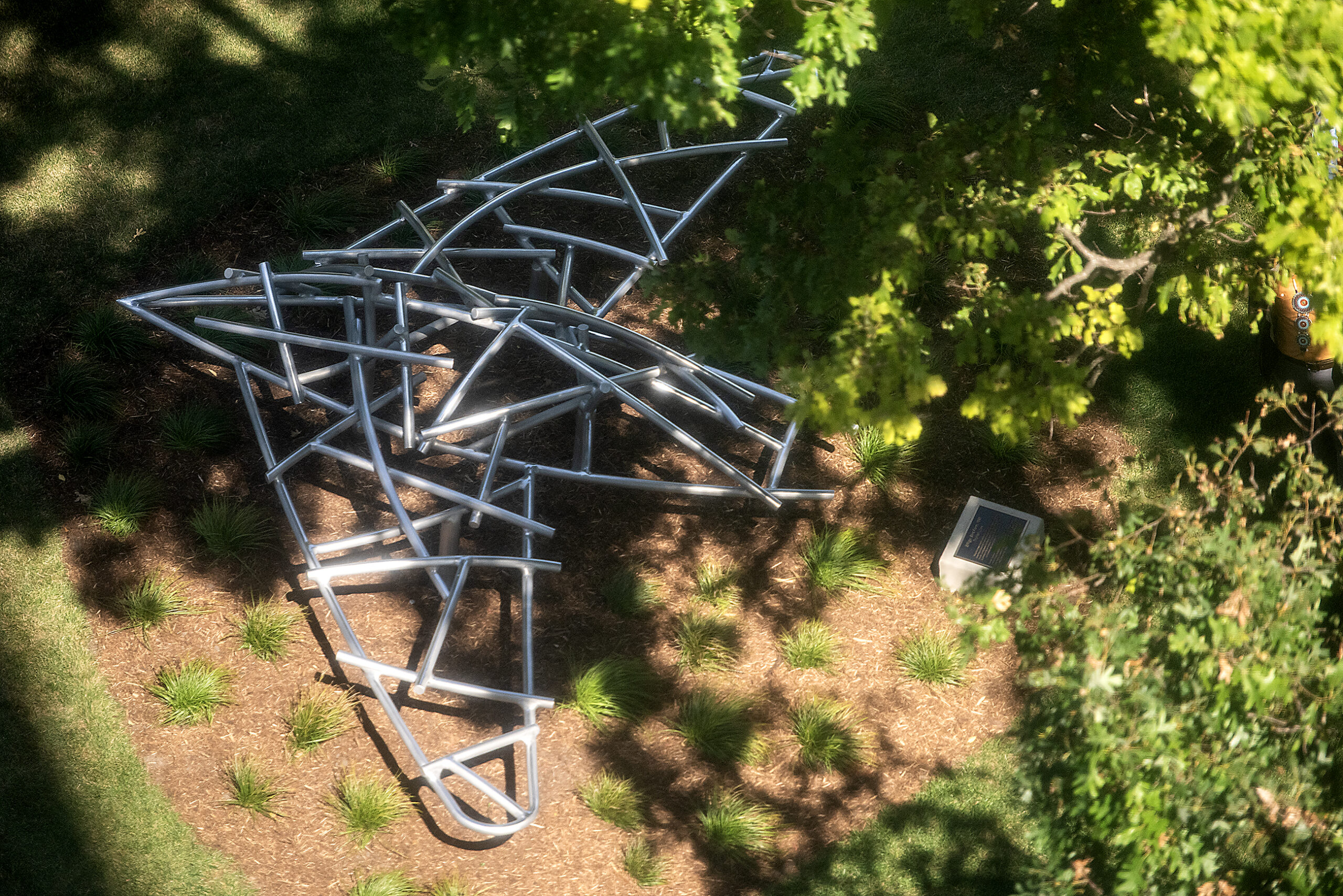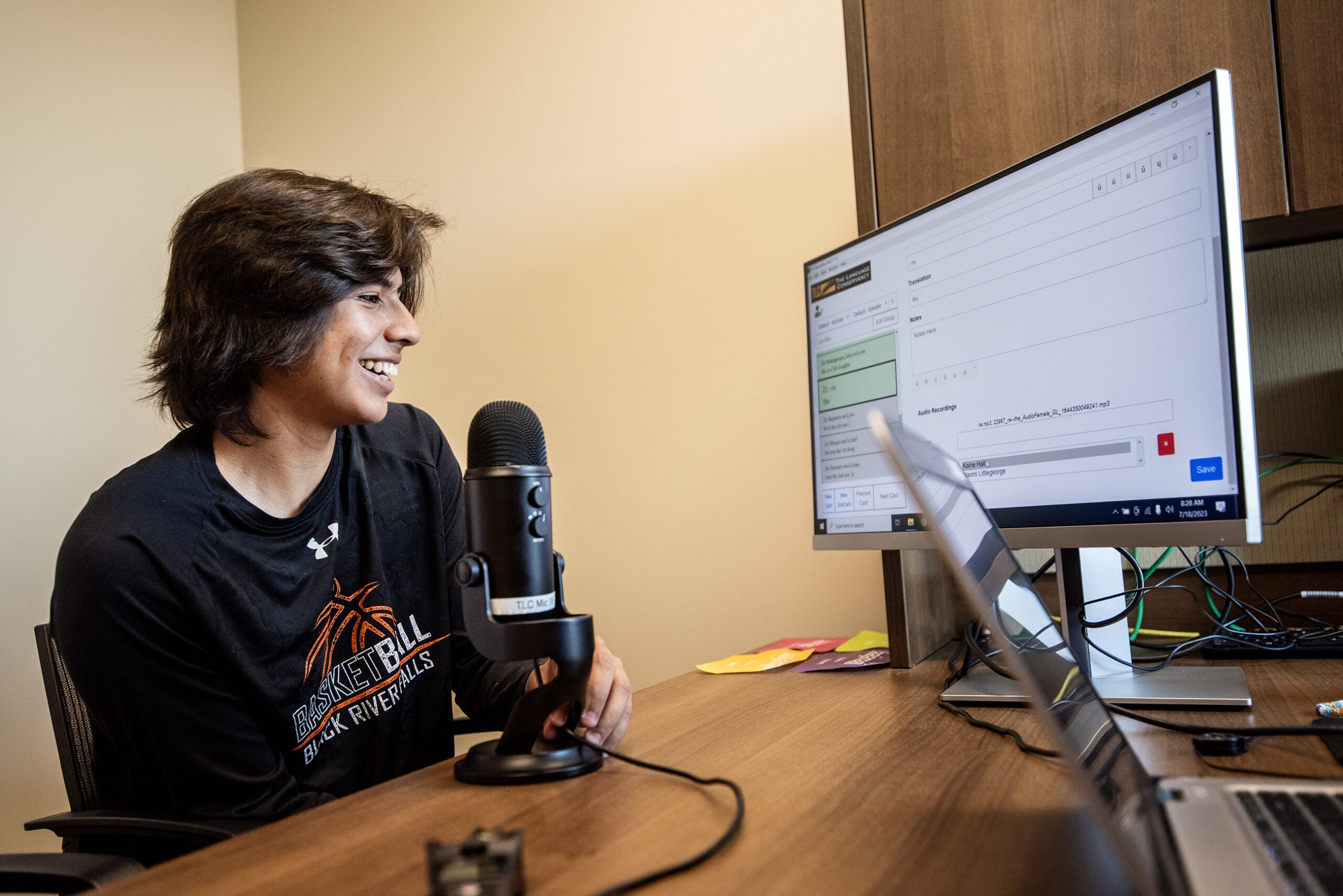Students returning to the University of Wisconsin-Madison this fall may notice a new plaque on campus. It reads in part:
“The University of Wisconsin-Madison occupies ancestral Ho-Chunk land, a place their nation has called Teejop since time immemorial.”
“In an 1832 treaty, the Ho-Chunk were forced to cede this territory.”
Stay informed on the latest news
Sign up for WPR’s email newsletter.
A new article in the Isthmus looks at that plaque – and a new effort between the Ho-Chunk Nation and the university to confront this history.
WPR’s Jenny Peek, who wrote the article, talked with “All Things Considered” host Brady Carlson about what she learned.
Brady Carlson: What was this land before it was a campus and who was here?
Jenny Peek: The Ho-Chunk people lived on this land in Madison, and throughout the state of Wisconsin, for at least 12,000, if not 15,000 years. UW-Madison is likely the most archeologically diverse campus in the nation. I spoke to Aaron Bird Bear, who’s UW-Madison’s dean for student diversity programs. He told me there used to be about 20,000 — if not more — earthworks in southern Wisconsin alone, and about only 4,000 remain in the state.
BC: You talked with a number of Native students as well. How do they describe being on campus, walking through campus, taking classes on this land, knowing the story behind it?
JP: One of the things I heard time and time again is this feeling of being invisible, that Ho-Chunk history and culture are rarely taught in classes. Ho-Chunk language isn’t offered at the University of Wisconsin-Madison, and a majority of students’ knowledge about indigenous people is based on things they learned in fourth grade (like the) Trail of Tears … while a lot of those things happened right here.
One student I spoke to said that she’s often an educator just as much as she’s a student, feeling like she has to represent an entire culture and an entire nation.
I think it’s important to note — and something I learned in reporting this piece — that when we think about Wisconsin history, it often starts when the miners come, or the university was created, in 1848. But an entire civilization had called Madison and Wisconsin home for so long before that, until they were forcibly removed from this land.
BC: The plaque is part of this effort called Our Shared Future. What does it aim to do?
JP: The plaque was dedicated at the beginning of the summer in June. For the next year and a half it will travel across campus to different departments that have involved Ho-Chunk history into their curricula. There’s a big push from the university, and money that goes along with that, to faculty members who are trying to teach Ho-Chunk culture and history.
There are couple of events planned, a big talk in September, and from there, the university has started conversations among themselves and with the Ho-Chunk Nation about possibly creating an indigenous studies center. That would bring all of the work going on in different departments together under one roof, so it’s more organized and people actually know what’s going on.
BC: Do the members of the Ho-Chunk Nation who you talked with feel like there is a shared future here, and that this new initiative will help improve it?
JP: I think the renewed effort is being met with a hopeful skepticism, and there is a little bit of reserve from current members of the Ho-Chunk legislature.
Forrest Funmaker is the current public relations director for the nation, and he would really like to see the university invest in Ho-Chunk people — use the research institution that it is to run analytics, do studies to help with the economy, their education, their health care system. Put into place practices that ensure young Ho-Chunk students can come to UW-Madison or other UW-System schools, perhaps free of tuition, which is something that Native students in Michigan do.
And I also think he’d like to hear the university say that they’re sorry, for playing a major role in removing the Ho-Chunk people from land that is still, to this day, really sacred to them.
Editor’s note: UW-Madison was established in 1848, 16 years after the Treaty of 1832. Wisconsin Public Radio is a service of the University of Wisconsin-Madison and the Wisconsin Educational Communications Board.
Wisconsin Public Radio, © Copyright 2024, Board of Regents of the University of Wisconsin System and Wisconsin Educational Communications Board.




